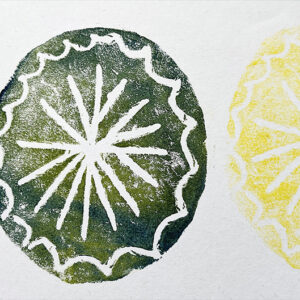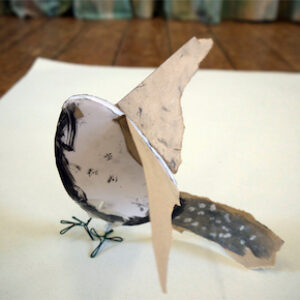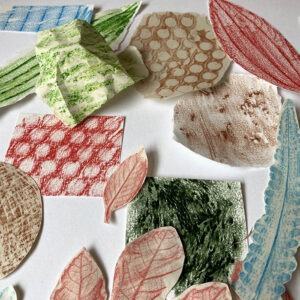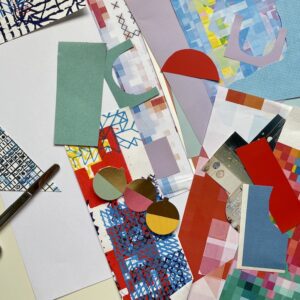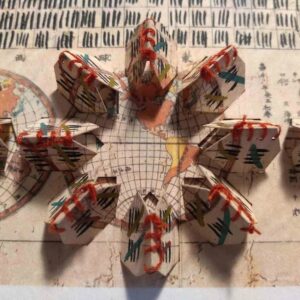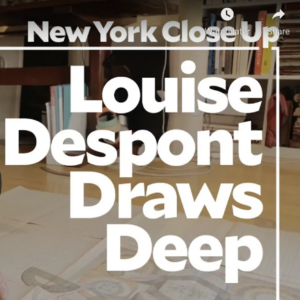Monoprinting is an excellent way to access mark making and drawing but with a bit of ‘distance’ from the finished work. As experienced by learners at Red2Green, the process is very engaging and results are always unexpected, so any potential anxiety about what a finished drawing ‘should’ look like is taken away.
A plate is ‘inked up’, in this case a piece of acetate with water based block printing ink rolled evenly over its surface, and a piece of paper gently laid over it. Marks are drawn onto the paper which pick up the ink on the plate below. The paper is then peeled off to reveal the finished print.
Alternatively marks can be drawn directly onto the inked up acetate plate and paper laid over and then gently rolled with a clean roller to pick up the print.

To access all content, I would like to join as…
AccessArt is a UK Charity and we believe everyone has the right to be creative. AccessArt provides inspiration to help us all reach our creative potential.


